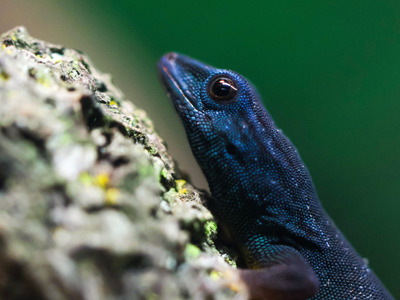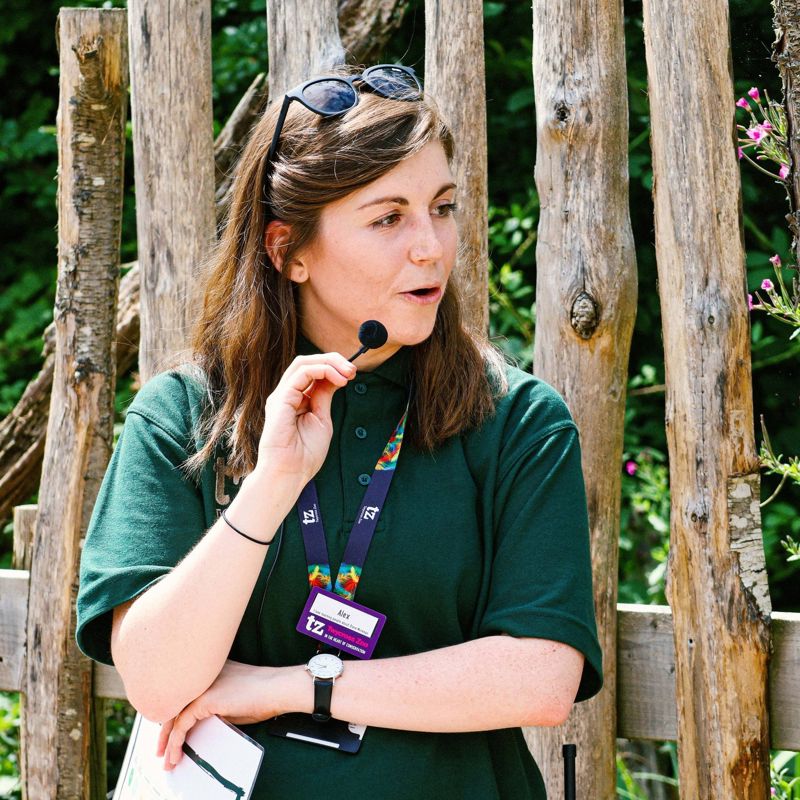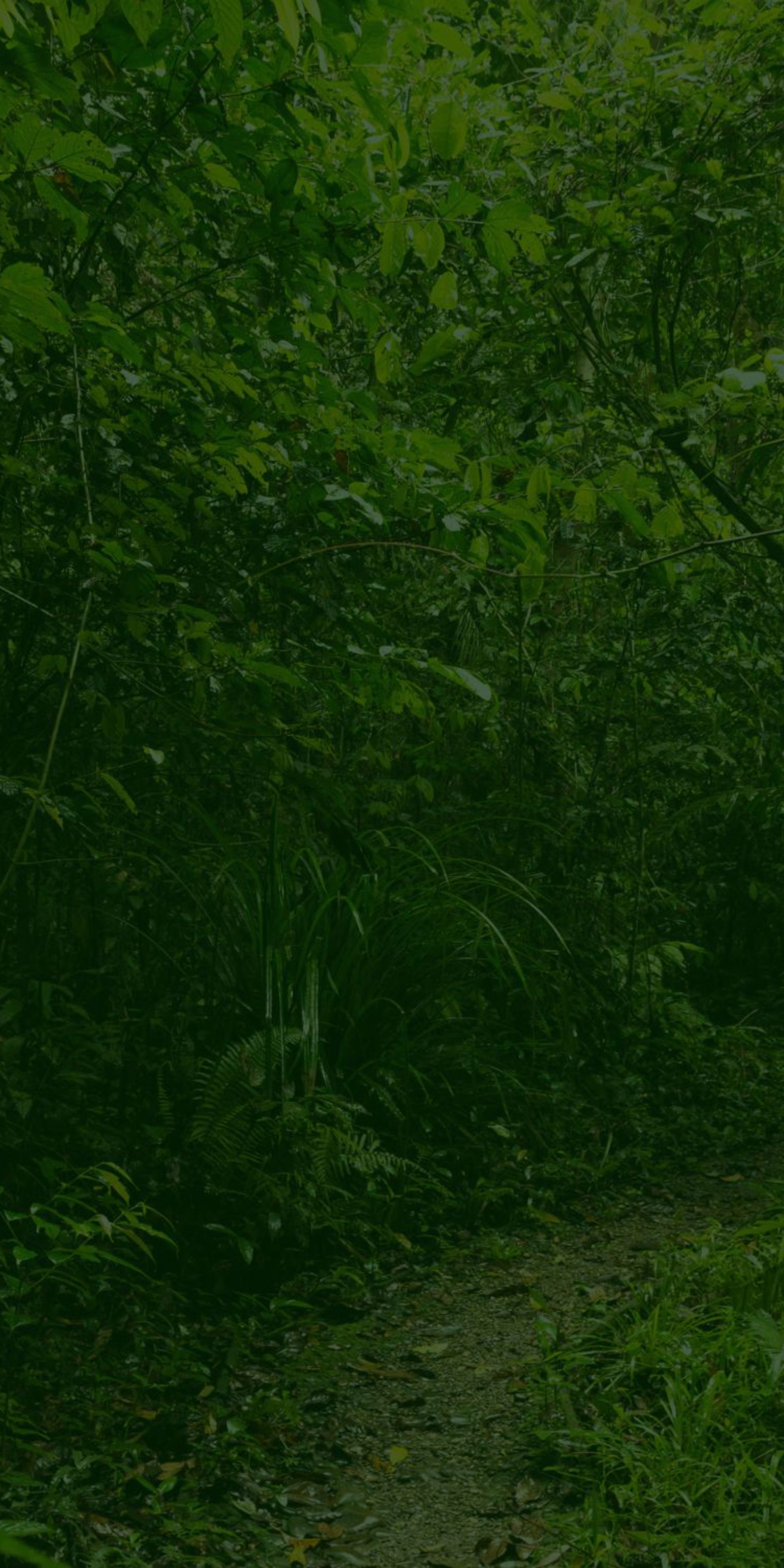
Turquoise dwarf gecko
Key Facts:
Scientific name: Lygodactylus williamsi
Range: Kimboza and Ruvu Forest Reserves in Eastern Tanzania
Habitat: Tropical forest
Diet: Invertebrates
Average size: 5-8cm
Lifespan: Approximately 8 years
IUCN Red List: Critically Endangered
Turquoise dwarf geckos are endemic to Tanzania (they’re native and can only be found there). Small, separated patches of forest are home to this radiant reptile. These geckos have some amazing adaptations that have provided the inspiration for many man-made products!
The incubation temperature of this species’ eggs dictates whether individuals will hatch as males or females. Females are hatched at around 21 degrees to 24 degrees, a mix of both emerge at around 25.5oc to 27oc and males hatch when incubated at 28+ degrees. This poses the question about whether climate change will affect the future of this species.
Turquoise dwarf geckos may be important pollinators of flowers within their habitats, but further research is needed to confirm this
Dichromatism (colour differences between males and females of the same species) occurs within turquoise dwarf gecko populations. Dominant males are bright blue in colour, with the subordinate males and the females sporting a more greenish bronze colouration
Turquoise dwarf geckos are a diurnal species, meaning they’re most active and looking for food during the daytime
Adhesive (sticky) toepads made of tiny fibres allow geckos to scale vertical surfaces such as tree trunks and vines with ease. This natural phenomenon has provided inspiration for the design of many anti-slip surfaces and adhesive products – this is known as biomimicry (where human creations are inspired by natural processes)
Turquoise dwarf geckos are Critically Endangered according to the IUCN Red List, meaning they are at very substantial risk of extinction. This is due to:
Habitat loss: Turquoise dwarf geckos live exclusively on screwpine trees which are deforested for limestone mining and outcompeted for space by non-native Spanish cedar trees. This reduces available habitat for turquoise dwarf geckos, causing them to become fragmented (separated) from one another
International pet trade: About 15% of the wild population was collected from Tanzania between 2005-2009 to supply the international pet trade
-
![362277039 664600909026309 8369226469419348221 N]()
What we're doing...
Turquoise dwarf geckos are part of an EAZA Ex-situ Programme, which is a continent-wide record that stores data about individuals’ age, zoo transfer history and family relations for population management. This allows for healthy breeding decisions to be made to ensure the overall health of the ex-situ (captive-based) populations. Our designated Conservation Education team are on hand to discuss turquoise dwarf geckos with our guests, raising awareness for their threats and how they can be conserved
-
How you can help?
When buying animals to care for, ensure you’re not supporting the purchase of illegally sourced animals by thoroughly researching the species before you buy them. Animals should only be acquired from a reputable seller who can demonstrate the correct documentation to their buyers. This will help to conserve turquoise dwarf geckos and maintain their stable in-situ (wild) population numbers.


